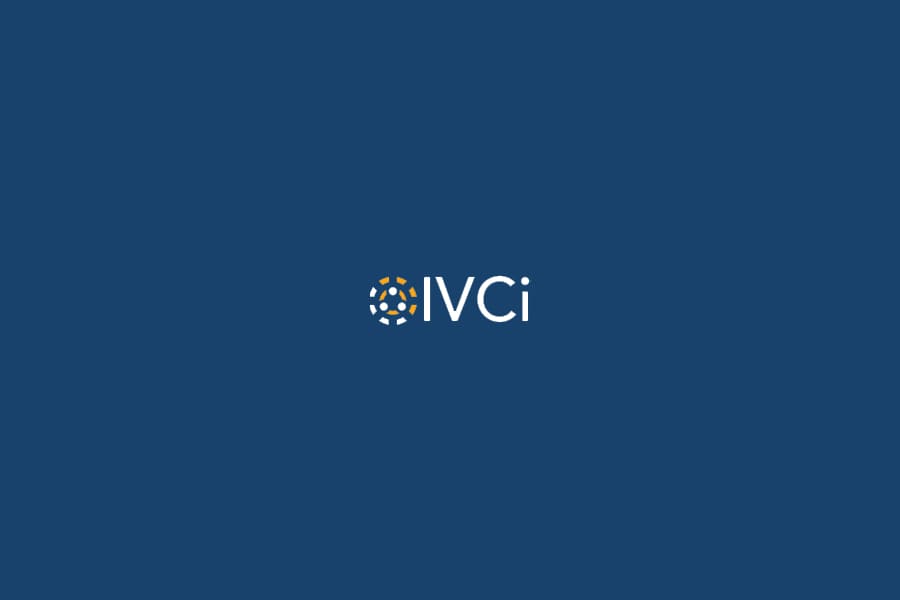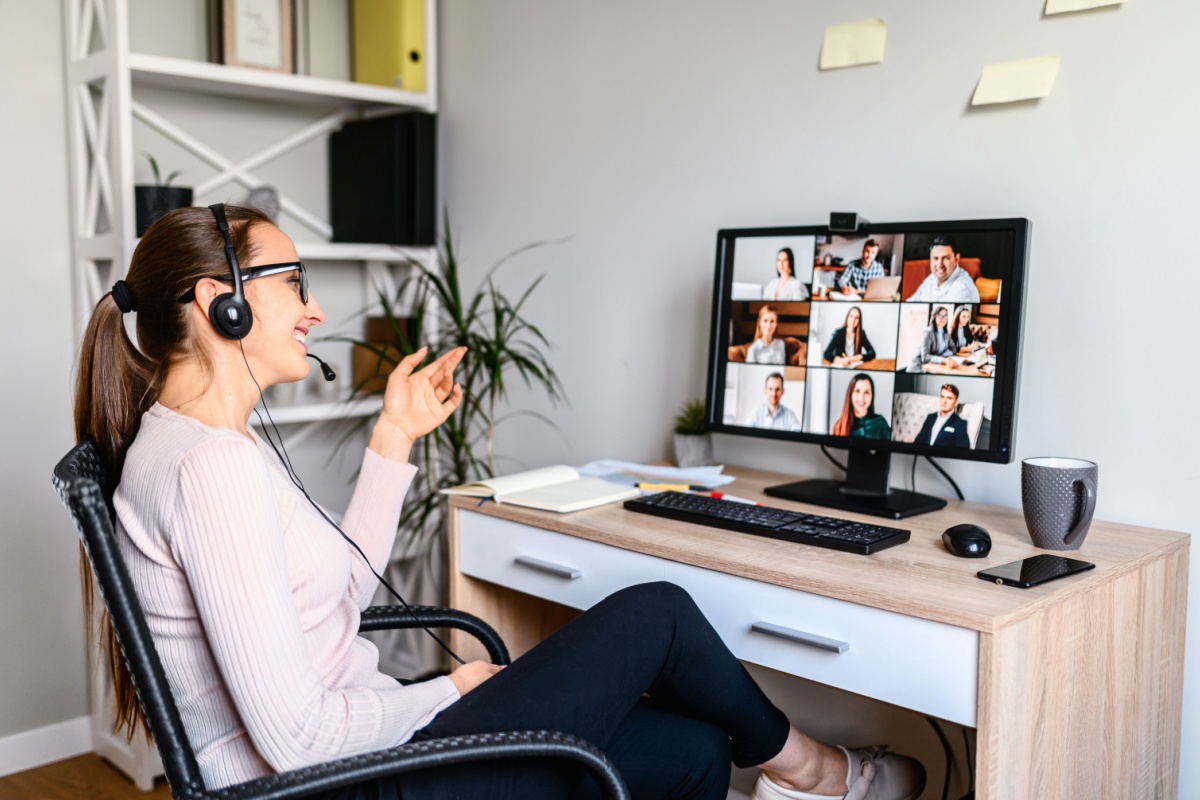When we think of remote setups, we typically think of things that are visual in nature: monitors, webcams, lighting, etc. While those are certainly important parts of a remote setup, there are other factors that are equally important — most notably, audio.
Without proper audio configuration, your remote setup can be a major hindrance to your collaboration and productivity. Let’s dive further into the importance of audio in a remote setup
1. Blocking out distractions
In many situations, remote setups come with a level of distraction. Whether it’s the hum and drum of a coffee shop, the inconvenient timing of landscapers at your home office, or other people taking calls in a shared workspace, background noise and distractions can be an issue.
High-quality audio setups help keep the main audio crystal clear while drowning out unwanted noise for those who need to speak and can’t mute out their background. This keeps meetings focused and on task, regardless of what’s going on in people’s environments.
2. Keeping meetings on track
Spotty audio can be frustrating during important meetings and collaborative sessions. Having to pause to correct audio issues and constantly ask “can everyone hear me?” can quickly derail a meeting.
Today, people are busier than ever on calls. Sometimes it’s difficult to even find a half hour time slot that works for everyone on a larger team. Spending five minutes each call sorting out audio issues is a 16% loss of time. If that happens each time you try to have a meeting, you’ll be quickly looking at significant productivity losses — and the frustration that comes along with it.
3. Avoid stops and stalls
Having to continuously stop and stall because of spotty audio can be very frustrating for participants, especially clients. Repeating yourself, asking people to repeat themselves, and missing key pieces of information can cause choppy meetings that lack efficiency.
Strong audio keeps meetings moving forward and keeps all participants on the same page. The end result is a better use of everyone’s time, which both team members and potential clients can appreciate.
4. Make recordings more effective
Meeting and training recordings are an important part of remote work setups. Meeting recordings can be used to fill in participants who were not able to attend or as notes for action items following the meeting. Training sessions and tutorials can also be recorded to support self-paced learning and prevent training teams from having to repeat the same training multiple times.
However, if recordings have poor audio quality, they are essentially useless. Organizations need to be able to rely on their audio all the time to ensure recordings can be used in the future.
If you are looking to upgrade your audio for your organization’s remote setup, enlist the help of an industry expert who can guide you every step of the way. That way, you can be sure that your team is working with top quality technology backed by unparalleled support, working towards your strategic goals and building business.




